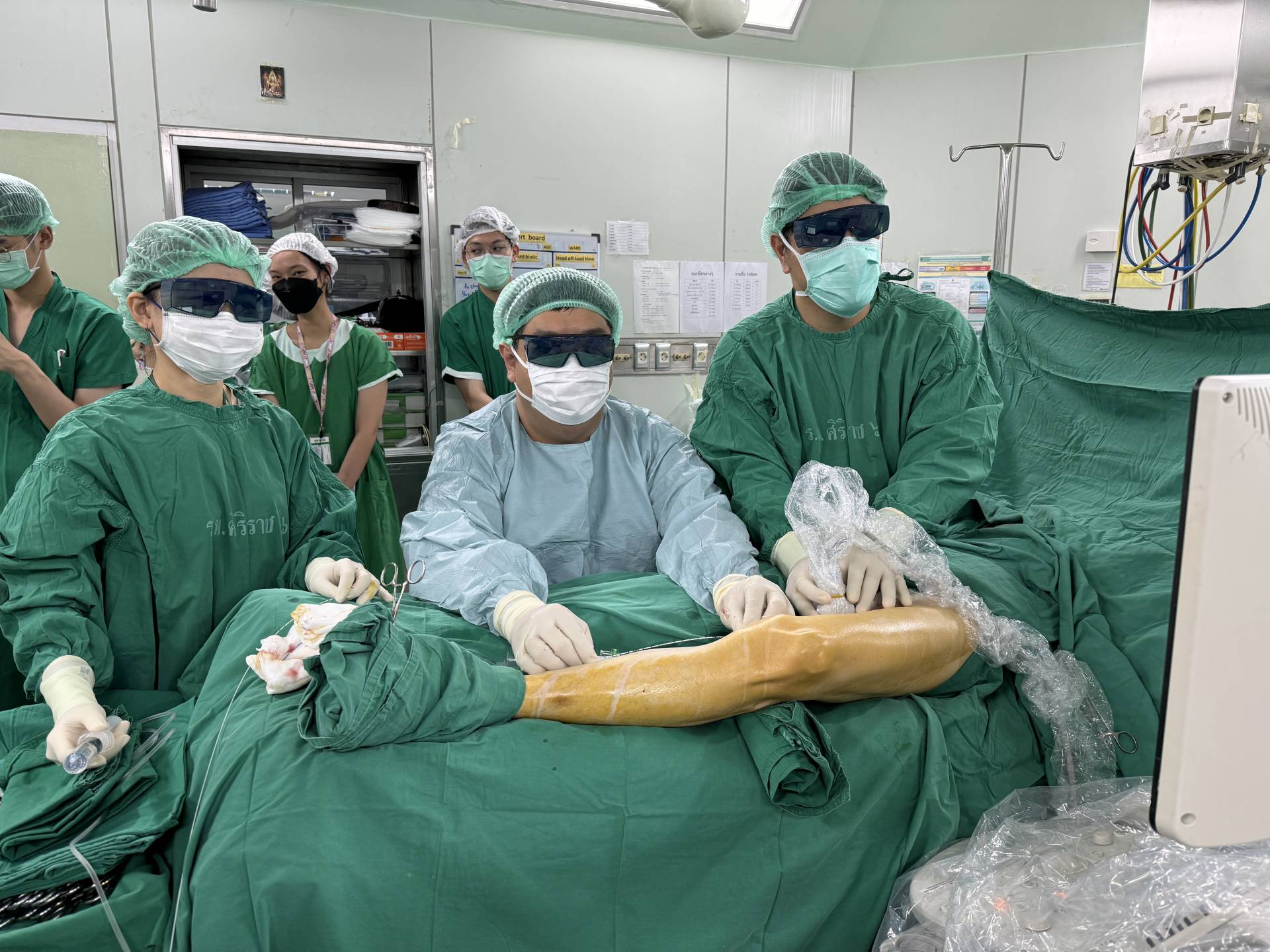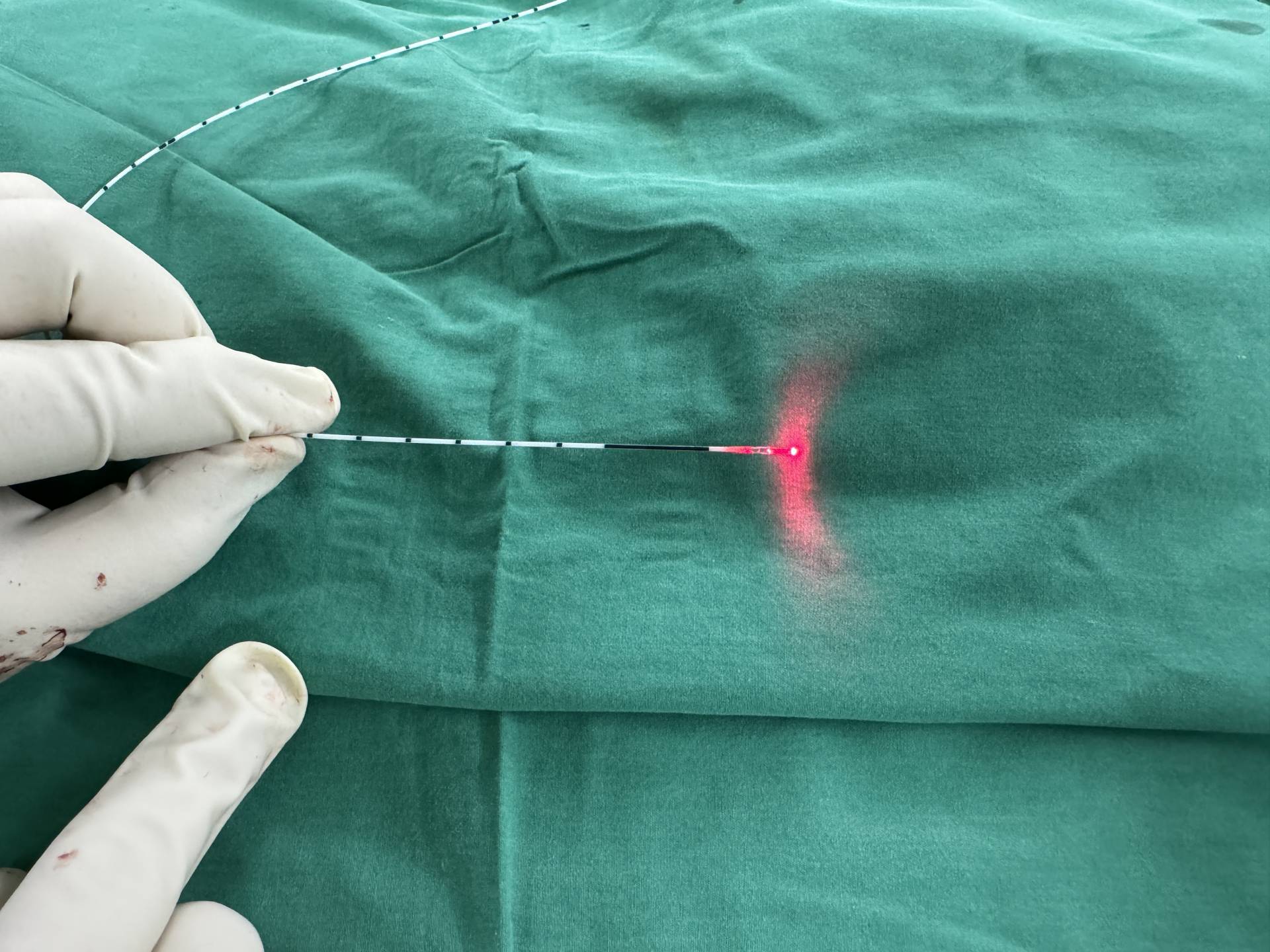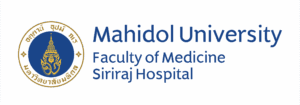By Assoc. Prof. Natthawut Sermsathanasawadi, M.D., Ph.D.
Varicose veins are a common medical condition where patients may experience symptoms such as leg pain during walking or standing for long periods, leg swelling, cramps, itching, and visible large varicose veins. The skin on the legs may become darker, and in severe cases, ulcers may form around the inner ankle. Some patients may also experience bleeding from varicose veins or blood clots that cause pain, swelling, redness, and warmth at the site of the varicose vein.
Historically, treatment for large varicose veins was limited to open surgery, where the superficial vein with reflux from the groin to the knee was removed. This procedure involved a 2-3 cm incision at the groin and a 1 cm incision at the knee. Postoperative pain, bruising, and the need for compression stockings for at least 1-2 weeks were common.
In recent years, varicose vein treatment has advanced significantly with the introduction of endovenous treatments. These include radiofrequency ablation (RFA) and laser therapy, which use heat delivered via a catheter to destroy varicose veins, as well as endovenous cyanoacrylate closure, which uses medical glue. These minimally invasive procedures result in less postoperative pain, faster recovery, smaller incisions, and allow patients to return to normal activities more quickly.
The Division of Vascular Surgery at the Department of Surgery, Faculty of Medicine Siriraj Hospital, began using laser treatment for varicose veins in 2012, initially with a 980 nm wavelength laser. While effective, this laser still caused some bruising and postoperative pain.
In 2017, Assoc. Prof. Dr. Nuttawut Sermsathanasawadi introduced the use of a 1470 nm wavelength laser, which provided good results with fewer side effects compared to the 980 nm laser. However, it had a significant limitation: it could not be used to treat varicose veins below the knee due to the risk of nerve injury in the surrounding areas.
In August 2024, Assoc. Prof. Dr. Nuttawut Sermsathanasawadi pioneered the use of a 1940 nm wavelength laser for the first time in Thailand. This new laser is more selective for water-containing tissues, allowing it to target only the endothelial cells of the varicose veins. It uses a lower energy density (linear endovenous energy density), which reduces surrounding tissue damage and allows for safe treatment of varicose veins below the knee, with a significantly lower risk of nerve injury compared to older lasers. Additionally, this new laser is more cost-effective than other catheter-based treatment options, making it more accessible to patients.




